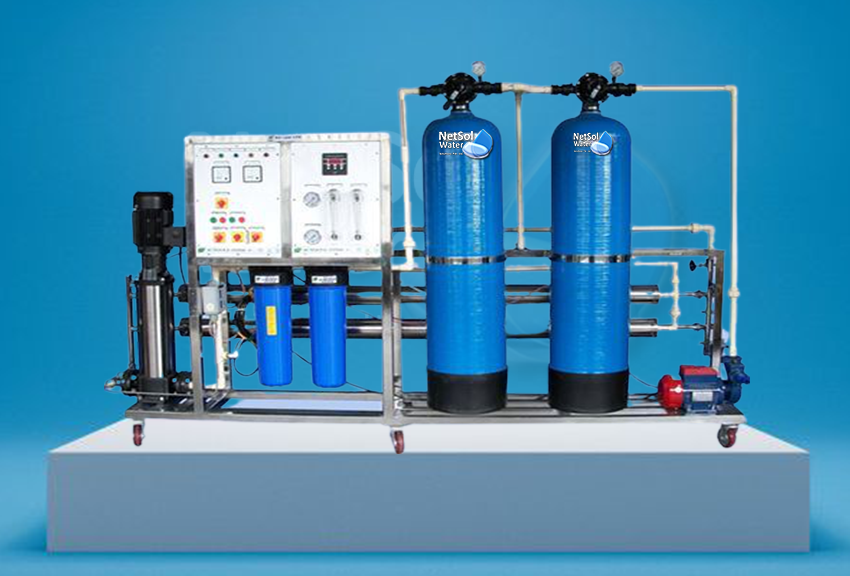RO Plants
Reverse Osmosis (RO) Plants are advanced water purification systems designed to remove dissolved impurities, salts, heavy metals, and microorganisms from raw water sources such as seawater, borewell water, or brackish water. Using semi-permeable membrane technology, these systems produce clean, potable, and safe water suitable for domestic, commercial, and industrial applications.

Service Overview
Reverse Osmosis (RO) Plants are advanced water purification systems designed to remove dissolved impurities, salts, heavy metals, and microorganisms from raw water sources such as seawater, borewell water, or brackish water. Using semi-permeable membrane technology, these systems produce clean, potable, and safe water suitable for domestic, commercial, and industrial applications. RO plants are engineered to deliver high-quality water output with consistent performance and low operational cost. They can be customized for drinking water supply, industrial processes, desalination plants, and wastewater recycling, ensuring efficient and sustainable water management.
Key Features
Applications
Our Process
Pre-Treatment
Raw water passes through sand filters and activated carbon filters to remove sediments, chlorine, and organic compounds.
Dosing System
Chemicals such as antiscalants and coagulants are added to protect membranes from scaling and fouling.
Micron Filtration
Fine filtration removes any remaining suspended solids before the RO process.
Reverse Osmosis Filtration
High-pressure pumps force water through semi-permeable membranes that separate impurities, producing permeate (pure water) and reject (brine).
Post-Treatment
pH adjustment, UV sterilization, or mineral dosing ensures water quality meets specific standards.
Storage & Distribution
Treated water is stored in clean tanks and distributed for consumption or industrial use.
